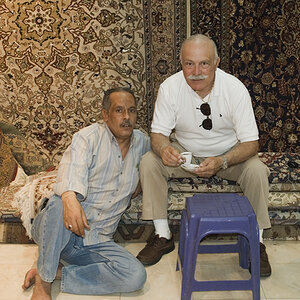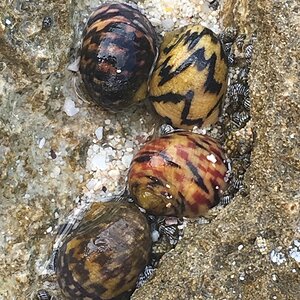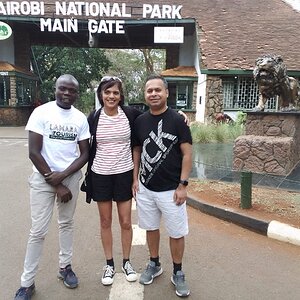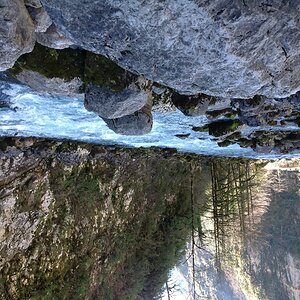Tbassist4
TPF Noob!
- Joined
- Jun 2, 2008
- Messages
- 1
- Reaction score
- 0
- Location
- Colorado
- Can others edit my Photos
- Photos NOT OK to edit
Hello everyone,
This is my first post here, so be merciful, haha. I recently found my father's Nikon N2000 35mm camera and have already gone through a bunch of rolls. Everything is going great so far, but I ran into an interesting situation the other night. There were storm clouds rolling over the hills behind our neighborhood and I tried to get a few shots.
What do you usually do to get good shots of lightening at night? I'm not really talking about timing, I've just been using a continuous burst when a lot of lightening strikes occur; I'm more talking about settings, such as aperture, shutter speed, and possible exposure compensation.
I tried setting the largest aperture on my lens (22), but moving the shutter speed to normal for a few shots, and then a hair faster for a few more.
What do you suggest when I run into this situation in the future?
P.S. I also thought I should clarify that it was night and pretty dark out. I edited that in the post above. I apologize for the lack of clarity.
This is my first post here, so be merciful, haha. I recently found my father's Nikon N2000 35mm camera and have already gone through a bunch of rolls. Everything is going great so far, but I ran into an interesting situation the other night. There were storm clouds rolling over the hills behind our neighborhood and I tried to get a few shots.
What do you usually do to get good shots of lightening at night? I'm not really talking about timing, I've just been using a continuous burst when a lot of lightening strikes occur; I'm more talking about settings, such as aperture, shutter speed, and possible exposure compensation.
I tried setting the largest aperture on my lens (22), but moving the shutter speed to normal for a few shots, and then a hair faster for a few more.
What do you suggest when I run into this situation in the future?
P.S. I also thought I should clarify that it was night and pretty dark out. I edited that in the post above. I apologize for the lack of clarity.



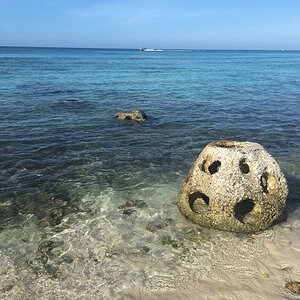
![[No title]](/data/xfmg/thumbnail/34/34079-552f58c1ec0f8485f9c24a5b1db49654.jpg?1619736268)
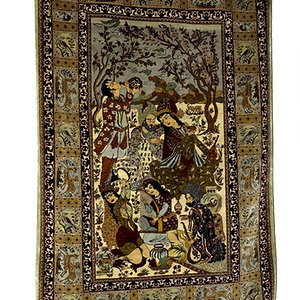
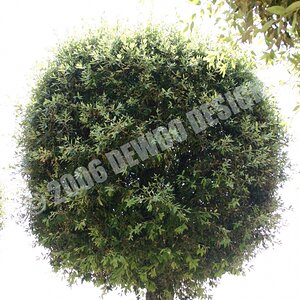
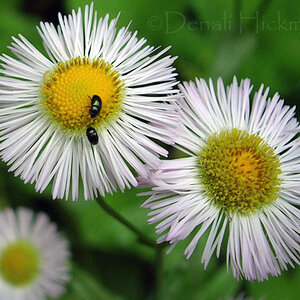
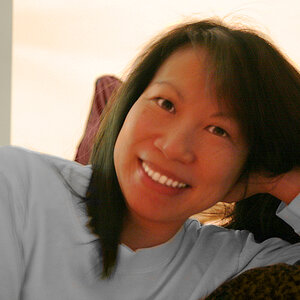
![[No title]](/data/xfmg/thumbnail/34/34078-48bd13f44e7bb42fdcc0154c5ee7c78e.jpg?1619736268)
